How k-means works and practical matters
Unsupervised Learning in R

Hank Roark
Senior Data Scientist at Boeing
Objectives
- Explain how k-means algorithm is implemented visually
- Model selection: determining number of clusters
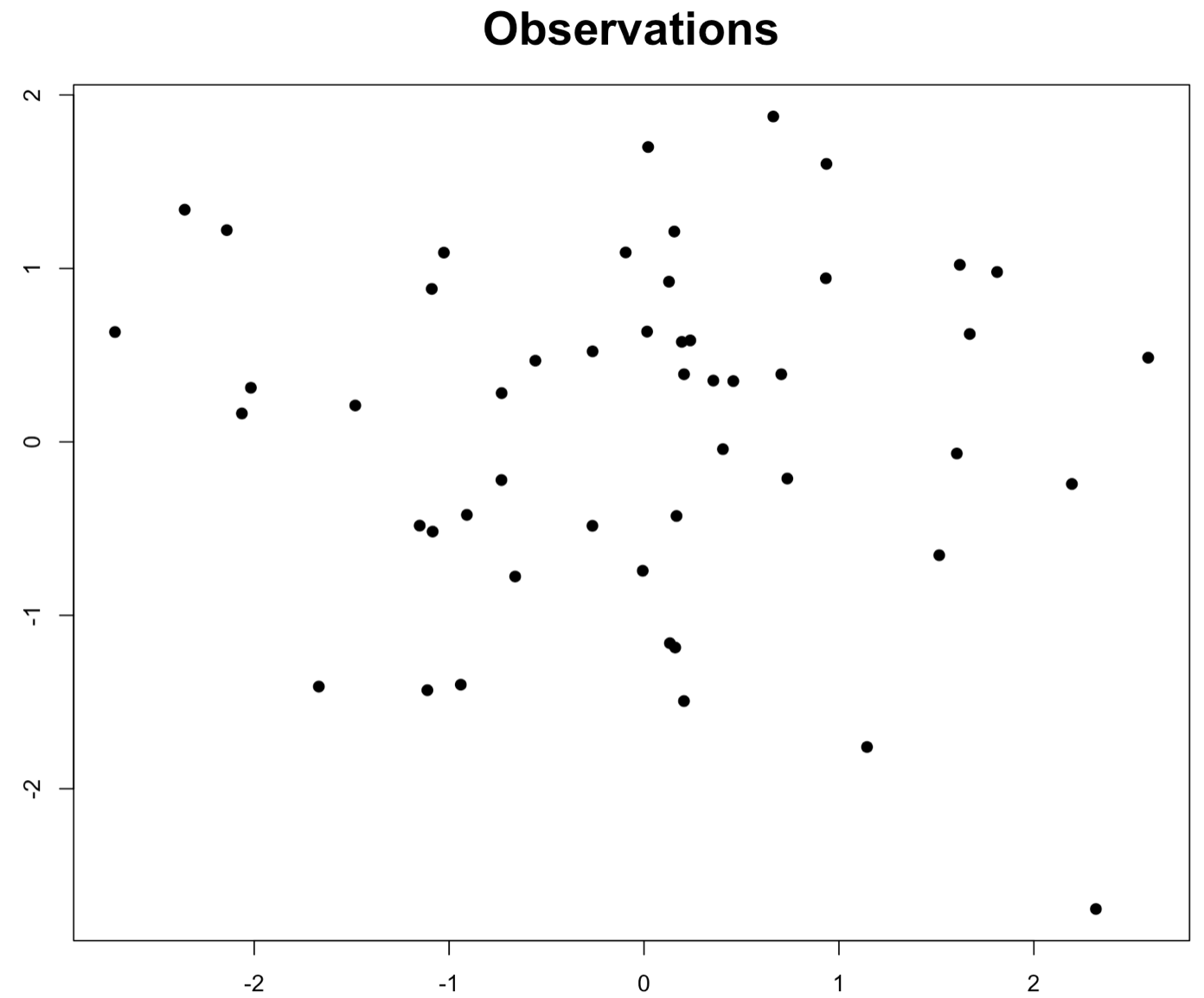
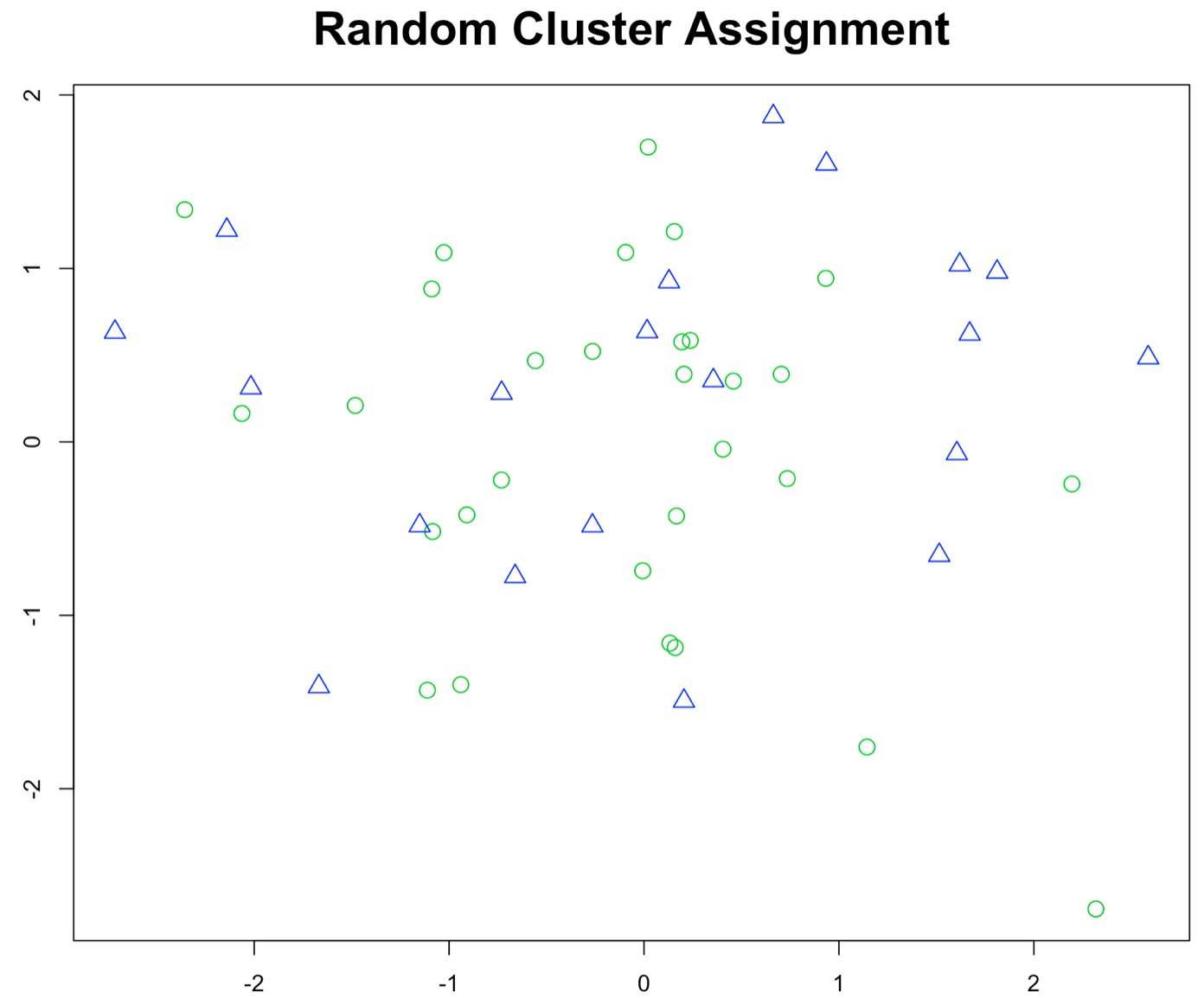

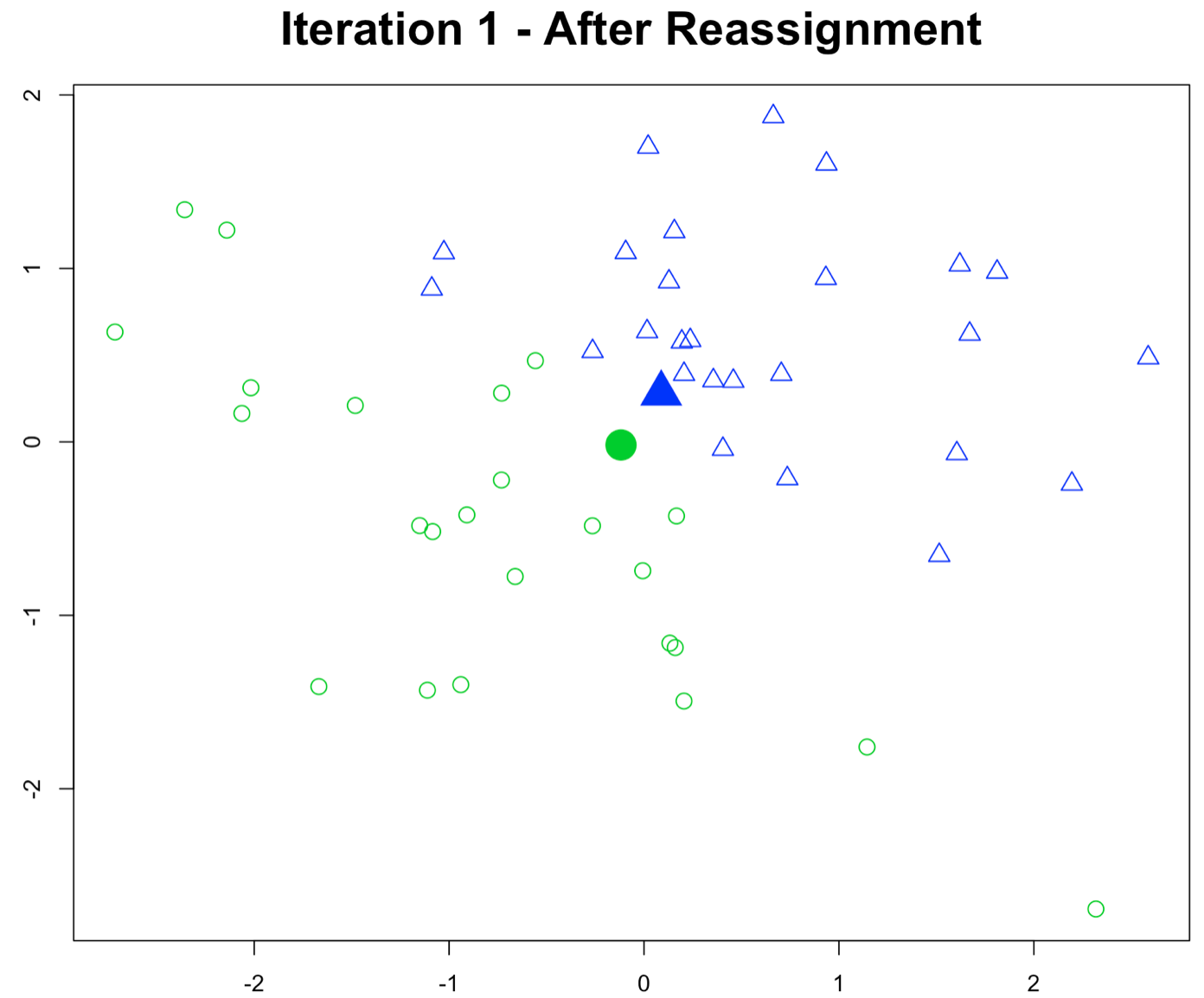

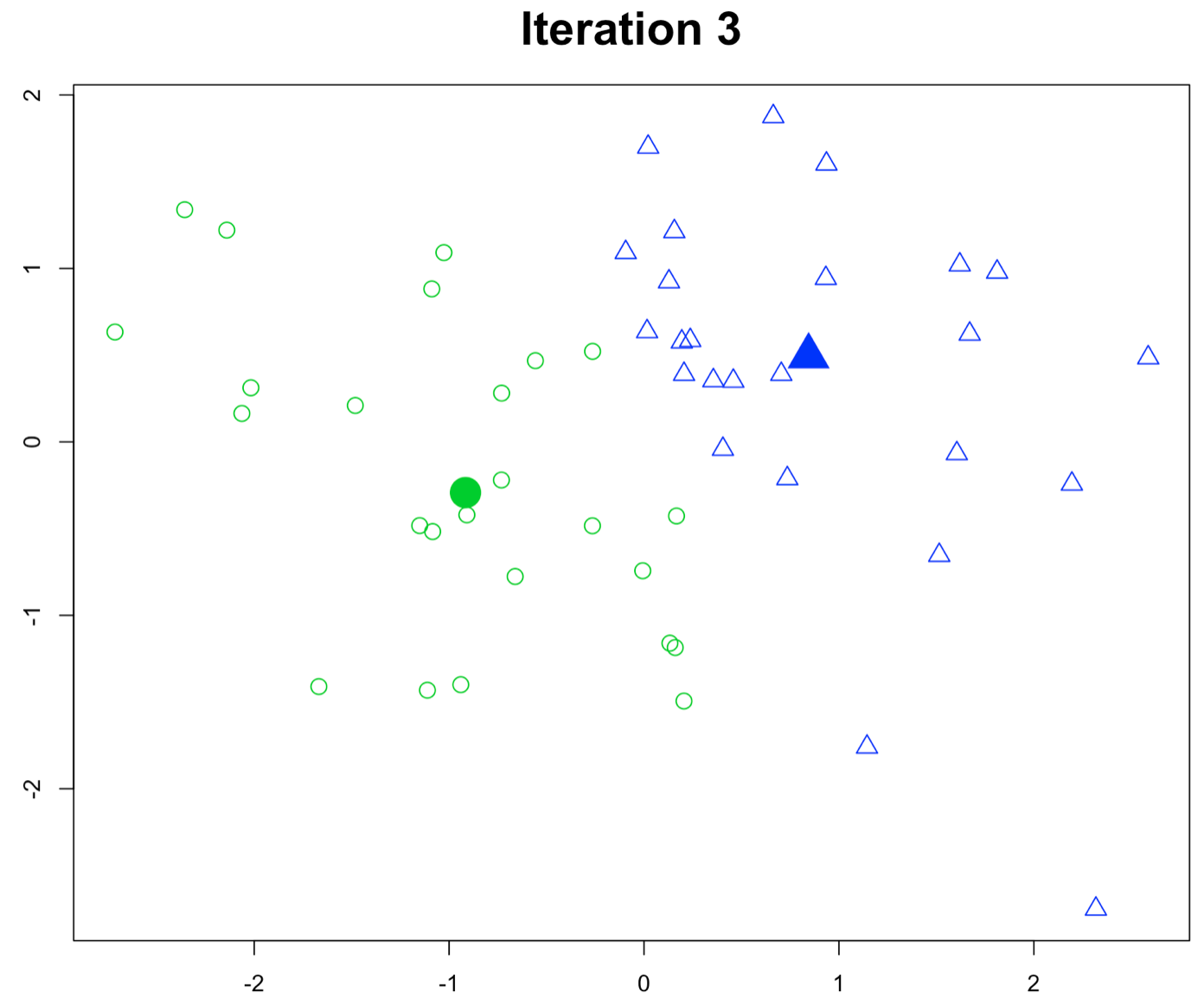

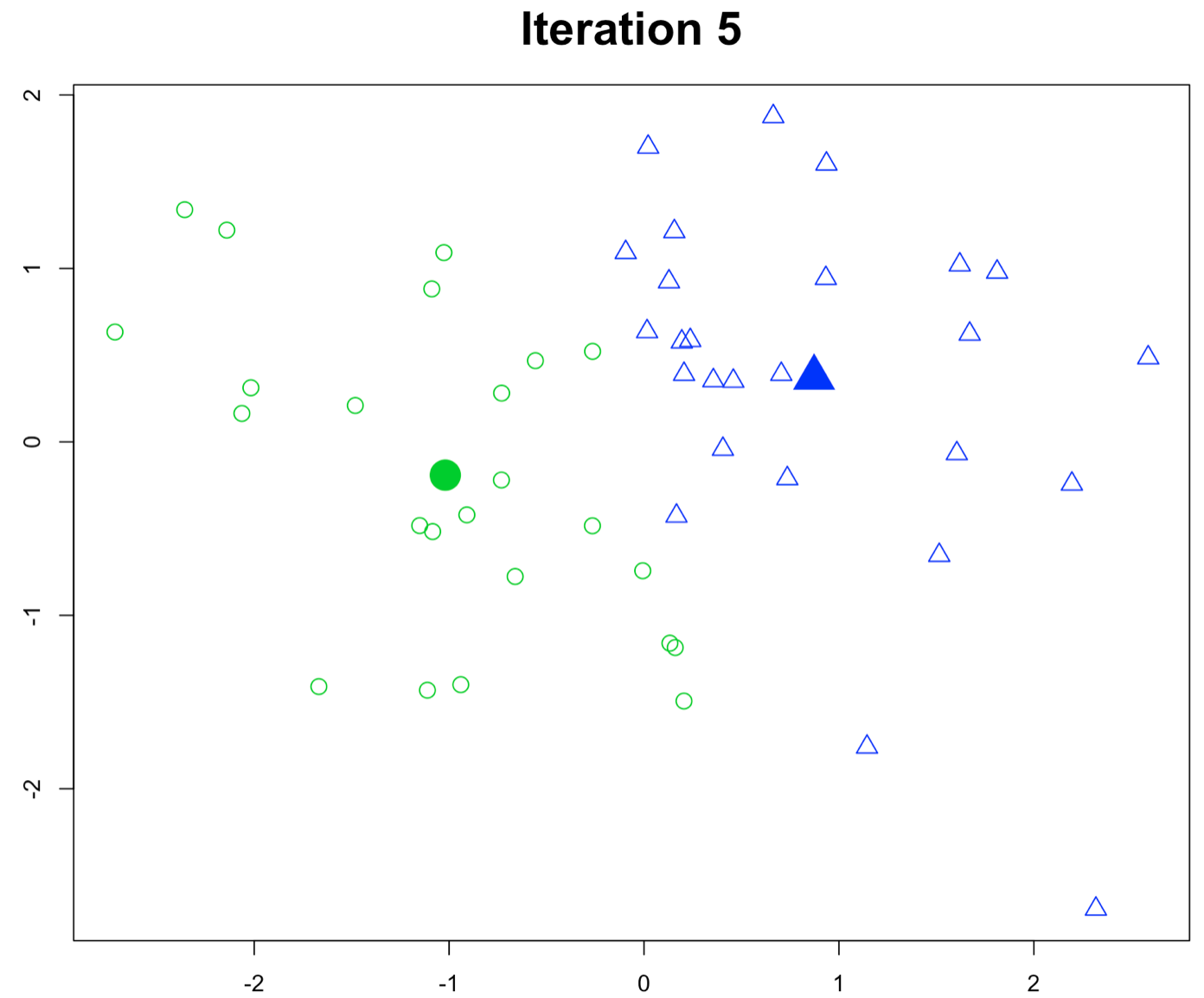
Model selection
- Recall k-means has a random component
- Best outcome is based on total within cluster sum of squares:
- For each cluster
- For each observation in the cluster
- Determine squared distance from observation to cluster center
- Sum all of them together
- For each observation in the cluster
- For each cluster
Model selection
# k-means algorithm with 5 centers, run 20 times
kmeans(x, centers = 5, nstart = 20)
- Running algorithm multiple times helps find the global minimum total within cluster sum of squares
- You'll see an example in the exercises
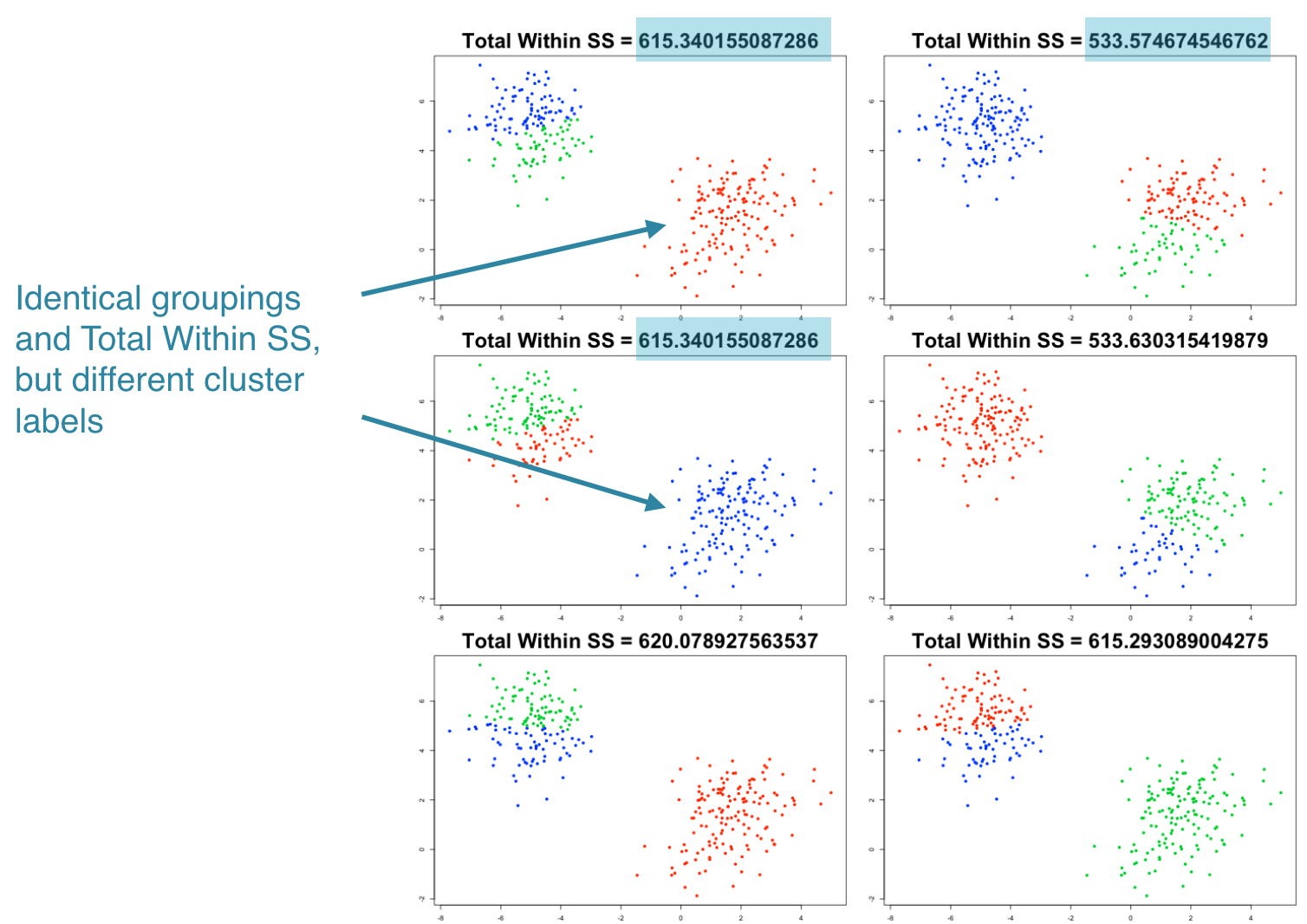
Determining the best number of clusters
- Trial and error is not the best approach

Determining the best number of clusters
- Trial and error is not the best approach

Let's practice!
Unsupervised Learning in R

